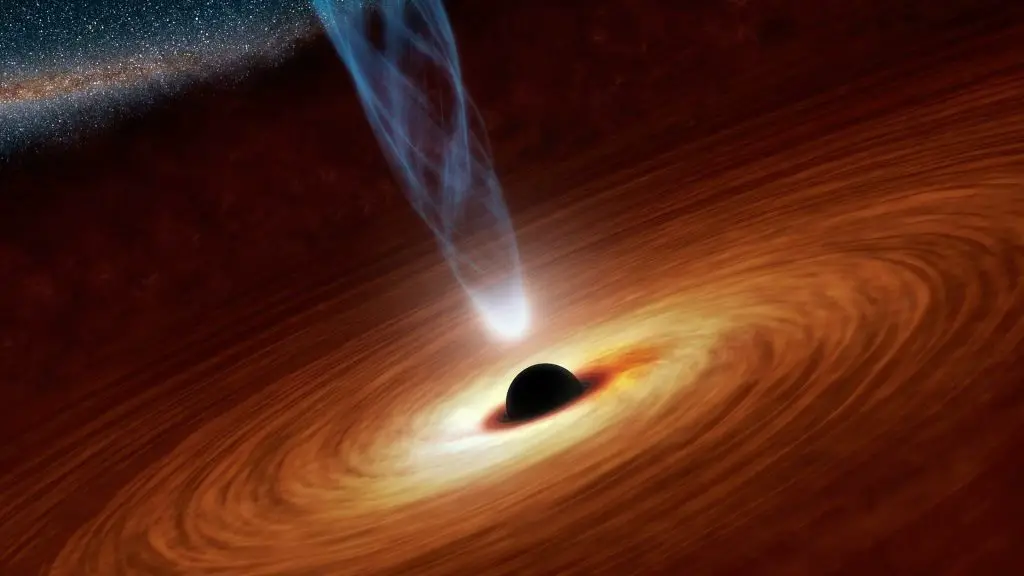Supernova explosions are one of the most fascinating cosmic events that take place in the universe. Astronomers recently used the Dark Energy Camera built to study dark matter to capture a rare glimpse of an ancient supernova explosion in great detail. The sophisticated camera system that took this unique shoot is the Dark Energy Camera on the National Science Foundation’s (NSF) Víctor M. Blanco 13.2-foot (4 meters) Telescope mounted at the Cerro Tololo Inter-American Observatory in Chile.
The image reveals scattered clouds of dust and gas moving around the supernova’s center. Astronomers refer to this strange cloud as object RCW 86. They believed that the torn pieces of clouds are material coming from a star that exploded over 1,800 years ago. Astronomers think that the supernova explosion was so powerful that it attracted the attention of ancient Chinese astronomers and chroniclers living in that era.
These ancient Chinese nicknamed it the “quest star” because of its temporary nature. However, modern astronomers officially named it SN 185 as it was spotted in the year 185 A.D. After its discovery, the star faded away over eight months. Further studies enabled scientists to realize that the cosmic event took place about 8,000 light-years away in the direction where Alpha Centauri is located.
How Astronomers Captured the Oldest Supernova explosion using the Dark Energy Camera
Observing cosmic objects in the distant universe requires sophisticated camera systems. The Dark Energy Camera is built with every necessary instrument to capture the most cosmic events within its reach in great detail. Astronomers used the sophisticated camera system to catch a great level of detail of the supernova explosion.
Scientists were able to use the details of this image to improve their knowledge about SN 185. As NSF NOIRLab was releasing the image on Wednesday, March 1, it revealed the great job accomplished by the camera system without compromising on the level of detail.
What Scientists Think About this Discovery
Astronomers are hoping to use this new and deeper image to study the supernova even further and learn more about the actual reason behind such a rare explosion that occurred a long time ago. Scientists have not always agreed that RCW 86 is part of the SN 185 supernova. Many scientists previously assume that the size of the shell was extremely large enough to create an explosion.
Calculations estimated during past studies concluded that it would take about 10,000 years for the material of a supernova to spread out so far away from the dead star. During a 2006 study, astronomers discovered concrete evidence proving that the shell developed faster than they earlier believed. Further observations conducted on the shell by NASA’s Spitzer Space Telescope showed massive amounts of iron contained in the material.
These observations by Spitzer enabled many scientists to assume that the explosion that created RCW 86 must have been the most powerful known type of supernova. This unique type of supernova often occurs when a white dwarf star swallows up planets orbiting around it. Generally, astronomers refer to this type of supernova as a Type Ia supernova. Whenever Ia supernova explosion occurs, it often creates a massive night that its cosmic event will be noticeable by astronomers with or without sophisticated technologies.
“These supernovae are the brightest of all and no doubt SN 185 would have awed observers while it shone brightly in the night sky,” researchers wrote in the statement.
Conclusion
Scientists will still continue to explore every available data to improve their knowledge about supernovae, especially Type Ia supernovas. What do you think about this fascinating scientific discovery?




